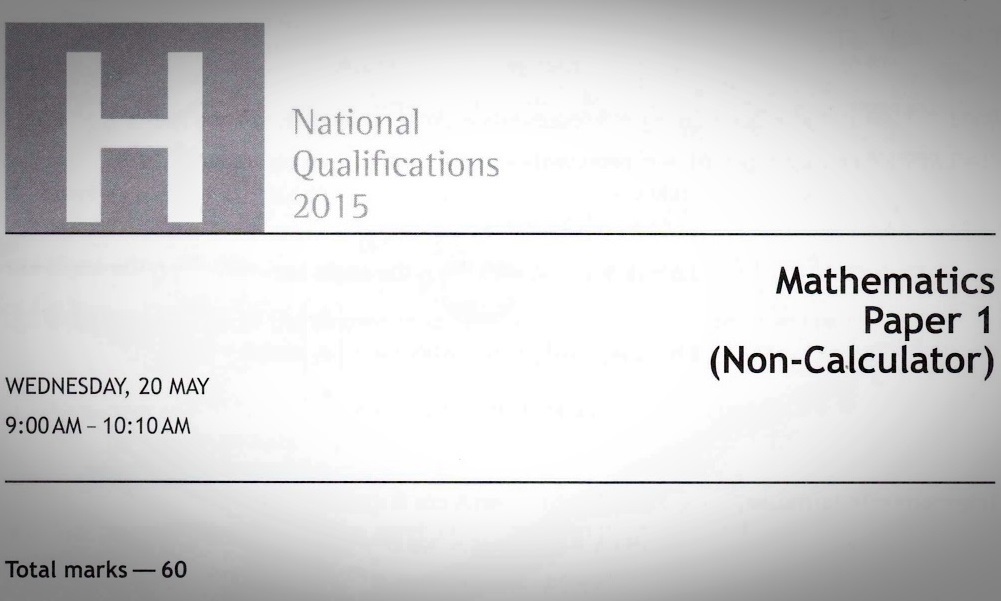The Scottish Qualifications Authority (SQA) has moved to reassure shell-shocked pupils who have complained that this year’s Higher Maths exams were too difficult.
Almost 15,000 pupils have signed two online petitions urging the SQA to take into account the exam’s difficulty when marking it in the coming days and weeks.
The SQA says “no learner will be disadvantaged” if results suggest the exam was “more demanding than intended”.
Some pupils reportedly ran out of Wednesday’s exam in tears, while others struggled to finish the papers on time.
The pupils have claimed that the paper bore little relation to specimen tests they in the weeks leading up to the exam.Was the exam fair or unfair? Give us your opinion at online@thecourier.co.ukThere have also been claims that some pupils have had their confidence knocked and could suffer in their other exams as a result.
Urging calm, a spokesman for the SQA said: “We are aware of the concerns raised by young people and their parents in these petitions and want to assure them that the question papers for the current and new Higher maths exams on Wednesday were developed and quality assured, using the same design principles and assessment specifications as the relevant Higher Maths Specimen Question Paper, under the supervision of the same senior appointee.
“All of these materials follow the relevant Higher maths course assessment specifications, which state the standard, structure and requirements of the assessments.
“As part of our post examination procedures, the pass mark and the cut-off score for each grade are determined after detailed consideration of quantitative and qualitative information.
“In addition, the difficulty of the question paper compared to previous years’ papers is taken into account.
“Please be assured that no learner will be disadvantaged should it be deemed that the current and/or new Higher Maths Question Papers were more demanding than intended.”
The spokesman added: “As is the case every year, we do not set the pass mark or the number of marks required for each grade until the marking process is complete, later in the summer.
“This procedure ensures that we have the necessary statistical information on how the exam performed and whether it was harder than intended. Only then will we set the marks required for each grade.
“We would therefore expect someone who got an A, B or C grade last year to receive the same result this year.These rigorous processes are in place to ensure that no-one will be disadvantaged.”
For more on this story, see Saturday’s Courier or try our digital edition.
